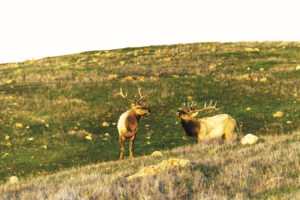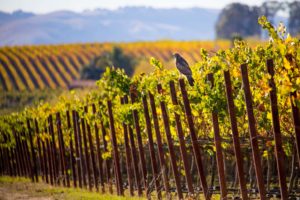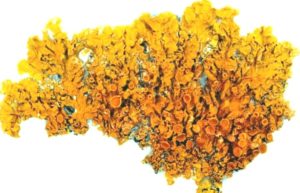Not so very long ago, two counties on opposite corners of the Bay competed to grow the best stone fruits in the West. With fertile soils and favorable climates, Santa Clara and Solano counties have rich agricultural heritages stretching back to the mid-1800s. Times have changed: The Valley of Heart’s Delight is now called Silicon Valley, and both counties have housing developments sporting street names like Orchard Lane and Oak Drive. But much open space remains, and come November, voters in both counties will help determine how much of that land will stay open.
Santa Clara County’s population has increased 65 percent in the last 35 years, putting tremendous pressure on open space and agricultural land. From 1940 to 1998, the county lost nearly 96 percent of its fruit- and nut-producing acreage, according to Valley of Heart’s Delight, a Palo Alto—based nonprofit project that promotes local, organic food production.
The Santa Clara County Land Conservation Initiative, if approved in November, would focus new construction within city boundaries and limit development on 400,000 acres of rural land. Alameda and San Mateo counties passed similar measures in 2000 and 1986, respectively.
In Solano County, voters will decide whether to renew an initiative that’s kept growth in check since 1984. The Orderly Growth Initiative prohibits changing the use of agricultural land without a popular vote, and directs development into the county’s seven cities. Voters renewed the initiative in 1994 and are poised to vote on a second renewal that would extend it to 2036. “[This initiative] has been successful in managing growth,” says Solano County Supervisor Duane Kromm. “No other county in the Bay Area has 95 percent of its population living in cities, and each of our cities has a defined edge buffered by farmlands and natural areas.”
But Solano County might attain another, less desirable distinction this fall if Napa County voters approve the creation of a regional park district with Measure I. Solano County would then become the only county in the region without a park district. Napa County—beyond its vineyards—is rich in natural resources and potential parklands, but it has relatively few public parks. Measure I includes no new sales tax funds, since there is already a small pool of money to start the program.
Voters across the region should pay close attention to two statewide initiatives: Propositions 84 and 90. Endorsed by both open space advocates and Governor Arnold Schwarzenegger, Proposition 84 would provide funds for California’s parklands and open spaces. Although a large portion of the measure’s $5.4 billion will go to water quality and flood control projects, the initiative will also pay for salmon restoration, watershed protection, and land conservation. “Other infrastructure bonds are doing a lot for gray infrastructure [roads and highways],” says Bettina Ring of the Bay Area Open Space Council. “We need to plan for green infrastructure as well. If we don’t protect land over the next 30 years, it will be too late.”
The legal procedure of eminent domain has been getting press recently, and a bill touting its reform may look tempting at first glance, but opponents of Proposition 90 (including a wide array of groups representing education, public safety, business, homeowners, and environmentalists) say it’s a “frontal assault on environmental protection.” According to the California League of Conservation Voters, the initiative is part of a national property-rights campaign advancing similar measures in seven other states. A clause buried in the initiative would allow landowners to sue the government for compensation if any law or regulation impacts the value, or potential value, of their property, with taxpayers footing the bill. “The bottom line of this measure will erode our ability to protect natural resources,” says Rico Mastrodonato of the California League of Conservation Voters.

.jpg)



